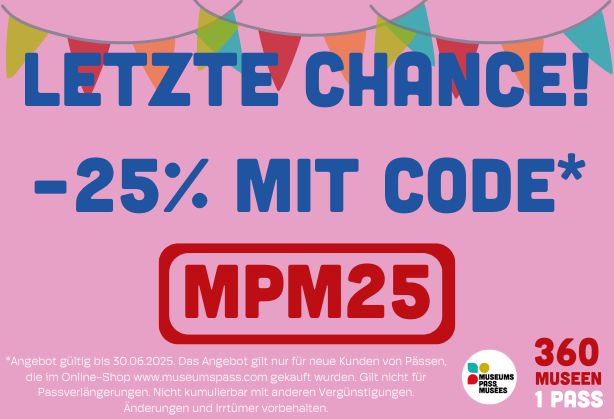The cremation of the deceased is not only part of the burial rite in modern times, but was already practiced in prehistoric and early historical periods. The Italo-Roman, Gallic and Germanic burial customs can be traced particularly well on the basis of numerous surviving sources. The reciprocal influence of Roman and indigenous burial traditions in the north-western provinces of the Roman Empire is particularly fascinating. Using selected examples and current archaeological excavations in the Upper Rhine Plain, Johann Schrempp (Archäologisches Landesmuseum Baden-Württemberg) will shed light on the cultural-historical significance of cremation burials in general, but also on the tradition, fusion and change of Roman, Celtic and Germanic burial customs.
The lecture is part of this year's series of events on archaeology in cooperation with the Central Archives of the Baden-Württemberg State Archaeological Museum and the Rastatt City Museum.
Attendance is free of charge and registration is not necessary. The lecture will take place in the atrium of the Rossi House.
The lecture is part of this year's series of events on archaeology in cooperation with the Central Archives of the Baden-Württemberg State Archaeological Museum and the Rastatt City Museum.
Attendance is free of charge and registration is not necessary. The lecture will take place in the atrium of the Rossi House.
This text was translated by an AI.

